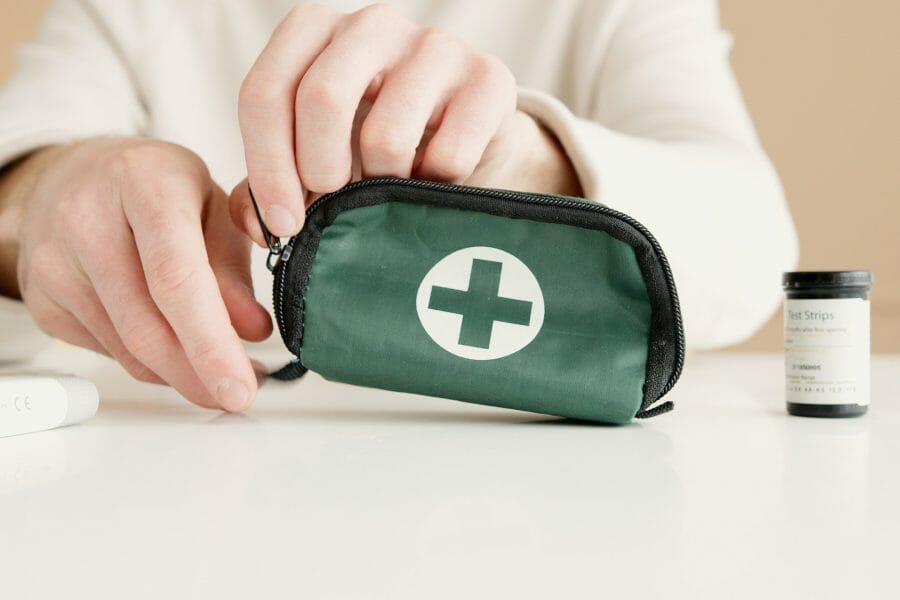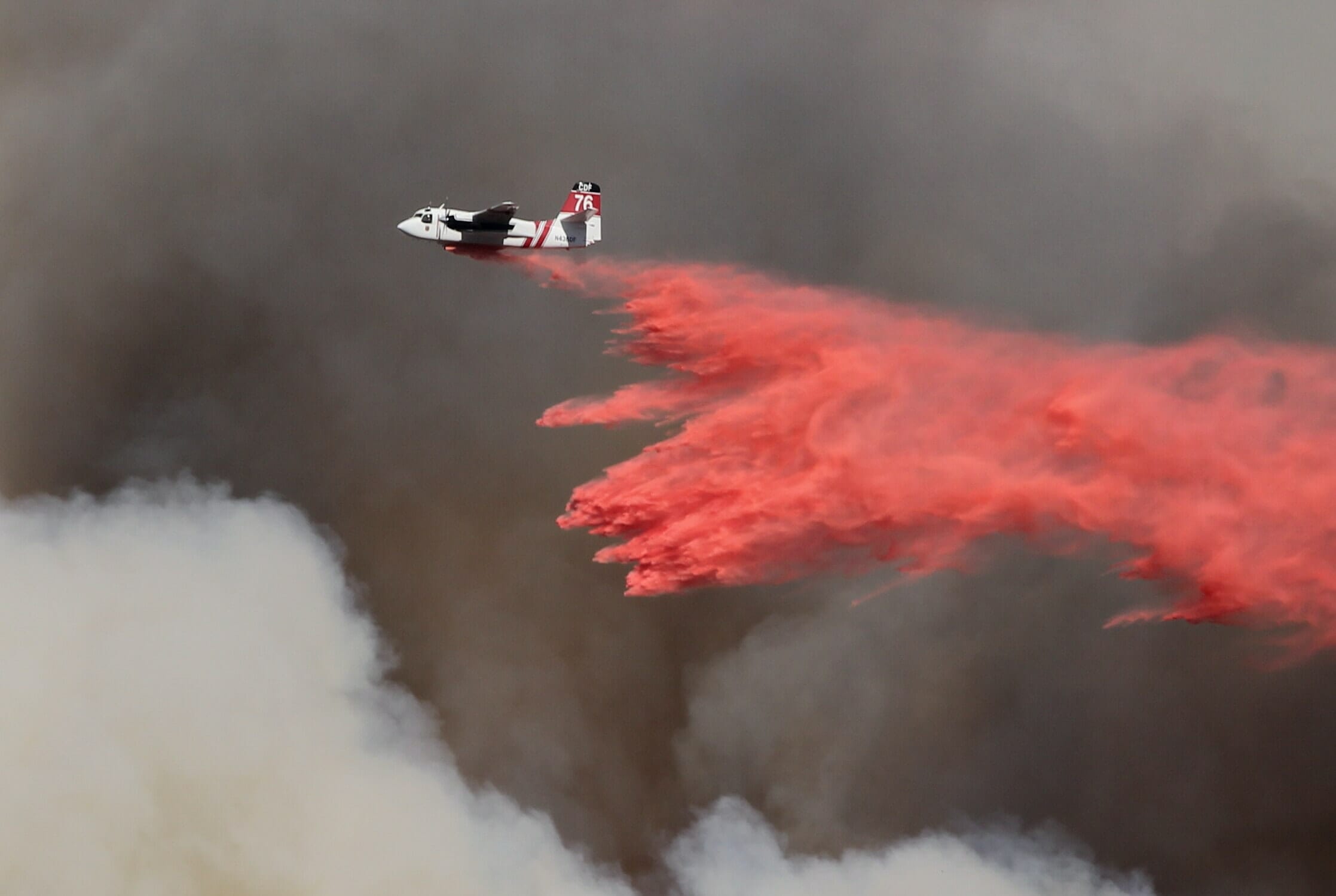Most of us know that it’s a good idea to have an emergency plan in place for when the unthinkable happens. We teach our children the evacuation route that will save them from fires in the home and school. It’s basic stuff that we cover from a very young age.
But fires aren’t the only disasters people encounter. It’s a good idea to have a plan for any emergency with the likelihood of impacting us. That likelihood depends largely on where you live and work.
Geography and emergency management go hand in hand. Government agencies and first responders prepare for emergencies that are common in their area. It’s a good idea for you to do the same.
How are Geography and Emergency Management Related?
Geography and emergency management are closely intertwined because certain natural disasters are much more likely to occur in some areas than in others.
If you live in the midwest, you’re probably no stranger to the occasional tornado. If you live along the Atlantic coast, hurricanes may present a more likely danger. Understanding how the specifics of geography and emergency management play out in your area is an effective way to pinpoint potential dangers and design an emergency action plan to keep you and your family safe.
What is an Emergency Action Plan?
If a natural disaster or other emergency happened in your neighborhood, would you know what to do? Does the rest of your family? Develop and practice an emergency action plan for disasters common in your region. That will give you and your loved ones the information you need to make snap decisions and escape unharmed. Let’s look at some essential elements of any home or company emergency plan.
An Escape Route
An important part of your emergency action plan is an escape route. It is crucial to make sure everyone knows how to escape and where to take shelter. Geography and emergency management are drivers here.
In the case of wildfires and hurricanes, determine a distant place to drive to wait out the danger. In the case of a tornado, you’ll likely have very little time, so it is important to determine the safest place to shelter before a storm strikes. Consider a storm cellar or a windowless room on the lowest level of the structure for safety.
A Gathering Place Outside
This is an essential piece of every disaster preparedness plan for businesses and should be for you and your family’s plan as well. Once everyone has made it out safely, gather in a predetermined area that’s a good distance away from the structure. There, you can take a headcount to make sure everyone is accounted for and assess any possible injuries.
A Way to Contact Authorities and Loved Ones
Whether you escape safely or are trapped and need help, you’ll want to communicate your status. Keeping your phone charged is a necessity. If time is limited, remembering to top off your battery is a priority. A portable phone charger is also an essential addition to your emergency preparedness kit.
An Emergency Preparedness Kit
If you live in an area that’s more prone to disasters during certain times of the year, such as a hurricane season or wildfire season, it’s a good idea to have some things ready to go in case you need to evacuate.
A well-stocked emergency preparedness kit contains:
- Enough food and water to last at least 3 days
- Fresh batteries for flashlights and radios
- Flashlights and headlamps
- Phone chargers and portable power banks for communication with loved ones and authorities, and for access to news information regarding the emergency
- First aid kit
- Sanitary supplies
- Any prescription medications you or your family require
- Over the counter medications such as pain relievers and antacids
- A couple changes of clothes
- A whistle or other signal to alert authorities that you need help
- One or two filled gas cans to evacuate quickly and efficiently
- Battery powered or crank radio for access to local weather and an NOAA weather radio with tone alert for emergency updates
- Plastic sheeting and duct tape for sealing up broken windows and holes
- Dust mask for contaminated air (one for each person)
- Cash or travelers checks
- Waterproof matches
- Blankets for warmth and protection from flying debris
All these items would fall under the category of essential items, but each emergency kit preparedness is as unique as the person building it. If you’ve got infants, pets, medical conditions or anything else that requires a special level of attention, be sure to round out your kit with everything you’ll need for an extended stay away from home.
Some important items to remember:
- Baby formula and diapers
- Pet food and extra water
- Extra glasses and contacts/solution
- Feminine supplies
- Playing cards or games to pass time
What Kinds of Emergencies Should You Be Prepared for?
The kinds of emergencies you should be prepared for rely primarily on your local geography, and emergency management plans should reflect those emergencies. Here are some common regional natural disasters and how to prepare for them.
Wildfires
Since May is National Wildfire Awareness Month, it’s a good time to get yourself prepared for the wildfire season ahead. It is a good point of focus for your current emergency preparation plan. Wildfires can happen in most regions, but your chances of encountering them greatly increases if you happen to live in the parched southwest region of the US.
How to Prepare for a Wildfire
A wildfire has the potential to be devastating to your property. Preparing for the threat ahead of time increases the chances that you’ll get through the fire with minimal property damage and without losing any loved ones. Here’s a simple wildfire preparedness guide.
Clear Flammable Materials from your Property
Fires require fuel to burn and spread. Keeping flammable materials like dry leaves and pine needles away from your home can reduce the chances that an approaching wildfire reaches your home.
Keep Flammable Materials off Your Home or Business
Don’t limit yourself to what you can see on the ground. Trim back branches that overhang your roof and clean any flammable materials from your gutters as part of your preemptive wildfire action plan. The goal is to keep materials that can catch fire from igniting your property with sparks or embers.
Have an Evacuation Plan in Place
If a wildfire does approach your property, you’ll want to hit the road. Since time is of the essence, you’ll want to have your evacuation kit and destination ready to go ahead of time. Let someone know where you are going and when you expect to arrive. The more you prepare in advance, the more quickly you can get out of the area.
Hurricanes
In the US, hurricanes primarily affect the south and east coasts before being downgraded and peeling off through the heartland or back over the ocean. Depending on where you live in the storm’s path, the geography and emergency management protocols may vary slightly.
The dangers posed by hurricanes include high winds and flying debris, flooding and power outages. A lack of supplies and essential services following a storm also pose a risk.
The first thing you’ll have to decide when a hurricane’s path threatens your region is whether to evacuate or shelter in place. Strong hurricanes can come with a mandatory evacuation order, especially for low lying areas and places close to the water. If your local authorities order a mandatory evacuation, it’s important that you leave. There will be no help or services available until after the storm passes, and you’ll be on your own to handle any emergencies.
In the absence of a mandatory evacuation, most people make their decisions based on the severity of the storm and whether or not they have the things they need to best react to the approaching storm. Those considerations include:
- A reliable vehicle for evacuation
- Necessary supplies for evacuation
- Necessary supplies for sheltering in place
- A sturdy structure for sheltering in place
- A family member who may be unable to evacuate due to medical conditions
- Availability of local shelters
- Someplace safe to evacuate to
Your emergency action plan checklist will depend on whether you choose to stay or leave.
If You Stay
- Make sure you have enough non-perishable food, water and any medications you take to last at least 3 days.
- Check the batteries in your flashlights and radio.
- Make sure you have extra batteries on hand.
- Make sure you have a well-stocked first aid kit on hand.
- Fill your bathtub. This will allow you to flush the toilet in case water service becomes disrupted due to the storm.
- If possible, board up windows to prevent flying glass and excessive damage to the interior of your home.
If You Leave
- Know where you are going. Whether that means a friend’s house, a relative’s house or a hotel, have a predetermined destination. You don’t want to waste time deciding where to go.
- Make sure you have at least one or two gas cans that are filled to the top. Hurricane evacuations often involve waiting in long lines of cars. Gas can be hard to come by along the route.
- Pack enough food, clothing and sanitary supplies to last until you reach safety.
Earthquakes
Another emergency that primarily affects certain regions is earthquakes. Most earthquakes are centered around the Pacific Ring of Fire, which encompasses the coastal areas and island chains that border the Pacific Ocean. These regions are home to a huge amount of fault lines and volcanoes, which makes them ripe for earthquakes.
Although this is an area where geography and emergency management require attention to the potential for earthquakes, they are not the only regions that experience them. Earthquakes are less common but do occasionally occur in other areas. Evidence suggests that areas that experience a high level of fracking for oil are experiencing increased earthquake activity. If you live in one of those areas, it’s a good idea to know what to do in case of an earthquake.
- Drop to the ground, so the shaking doesn’t cause you to fall over.
- Take shelter under a sturdy table or desk.
- Be aware of falling objects or shattered glass and protect yourself, if possible.
- Stay put until the shaking stops.
Tornadoes
The main reason tornadoes are more common in some regions than others is due to how they are formed. In order for a tornado to form, warm, humid air must collide with dry, cooler air. In the US, this most often occurs in the Midwest, where the humid air from the Gulf of Mexico collides with the cooler air that drops down from Canada. It’s a perfect example of how geography and emergency management are tied to one another.
The most important part of your emergency action plan for tornadoes is having a safe place to wait out the storm. Tornadoes generally sweep into and out of the area very quickly, but they are capable of creating a tremendous amount of damage.
Most areas that are prone to tornadoes are equipped with sirens to alert people to the threat as soon as a tornado is spotted. If you hear the siren, that’s your indication to take shelter immediately.
Whether in your home or out on the town when the sirens sound, find a sturdy structure and wait the storm out in a room on the lowest level. Be sure to gather someplace away from windows and exterior doors. Interior bathrooms, closets, basements and cellars are ideal locations. Wait there until the threat has passed. Check the local news or radio stations to determine whether another round may be in store. Tornadoes often come in clusters, so even though the current threat has passed, there may be more on the way. Don’t leave your shelter until your local news and radio stations issue an all clear.
Create a Plan that Works for You
Natural disasters can be scary, but if you have a plan, your chances of escaping unharmed are greatly increased. Don’t wait until wildfire awareness month or the beginning of hurricane season to put your plan together. Start learning about your local geography and emergency management plans before disaster strikes. Give yourself a head start on the season. If you find yourself asking, when is an emergency action plan required, the answer is simple. There’s no time like the present to start developing one.






